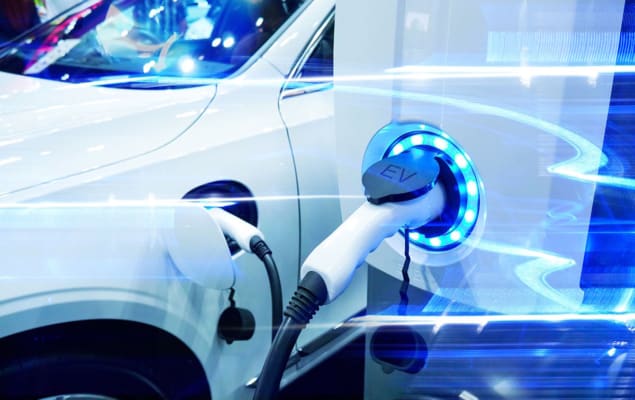
For millions of people with cardiac pacemakers and defibrillators, and for the manufacturers of these life-saving cardiac implantable electronic devices (CIEDs), a primary concern is avoiding device malfunction caused by electromagnetic interference.
Currently, there are no official recommendations on the use of high-power chargers, such as those for electric vehicles, for people with CIEDs. Yet, according to a research group at the German Heart Centre Munich, German Centre for Cardiovascular Research and Cardiology Department at Auckland City Hospital, battery electric vehicles and their high-power charging stations “are a potential source” of electromagnetic interference for patients with CIEDs.
Early research on electromagnetic interference between CIEDs and electric vehicle chargers was conducted with cars that required smaller current flows and electromagnetic fields than those on the market today. Newer high-power chargers use DC power and can deliver up to 350 kW.
“As the charging current is directly proportional to the magnetic field, the high-power chargers have the potential to cause clinically relevant [electromagnetic interference],” the researchers write in their latest study, published in the journal EP Europace.
In the study, the researchers asked 130 individuals with CIEDs to plug in and charge an electric car. No instances of electromagnetic interference or other adverse effects were found.
“This study was designed as a worst-case scenario to maximize the chance of electromagnetic interference,” says lead author Carsten Lennerz in a European Society of Cardiology press release. “Despite this, we found no clinically relevant electromagnetic interference and no device malfunction during the use of high-power chargers, suggesting that no restrictions should be placed on their use for patients with cardiac devices.”
Six car models from four manufacturers, including a test vehicle capable of drawing 350 kW from a high-power charger, were used in the study. The maximum voltage drawn was 1000 V, and the maximum current was 500 A. Participants were asked to place the charging cable directly over their CIED to maximize the likelihood of electromagnetic interference and were monitored for signs of device malfunction or changes in heart rhythms. During a total of 561 charges, the researchers did not detect any inhibition of pacing in pacemakers, nor any rapid arrhythmias that might lead to shock for patients with defibrillators.

Are your AirPods interfering with your defibrillator or pacemaker?
Lennerz, an assistant professor at the German Heart Centre Munich, commented that while the current study was dedicated to testing for electromagnetic interference related to high-power charging technology, home chargers, which use a smaller current but alternating current (AC), are also likely to be safe for individuals with CIEDs.
Sub-clinical electromagnetic interference was not examined in the current study. Future work studying sub-clinical electromagnetic interference, the researchers note, should consider that wireless monitoring techniques may be impacted by electromagnetic interference. They also point out that because a small number of each specific CIED was tested, very rare events specific to any one device may not have been captured.
The methods and results of their study notwithstanding, the researchers remind individuals with CIEDs that it is better to not place a charging cable directly over a cardiac device and to not remain near a charge cable for long periods of time.



